I was going to be setting the second of the two Easter holiday challenges today but I didn’t wake up in such a jolly mood so I wasn’t sure that would flow today. I’m afraid I’ll have to keep you hanging a bit longer. But don’t worry, I’ll post the creative idea next week so there’ll still be plenty of time before the Bank Holiday weekend disappears.
When I’m in a flat mood the person I always want to talk to is my mum. Post mother’s day and
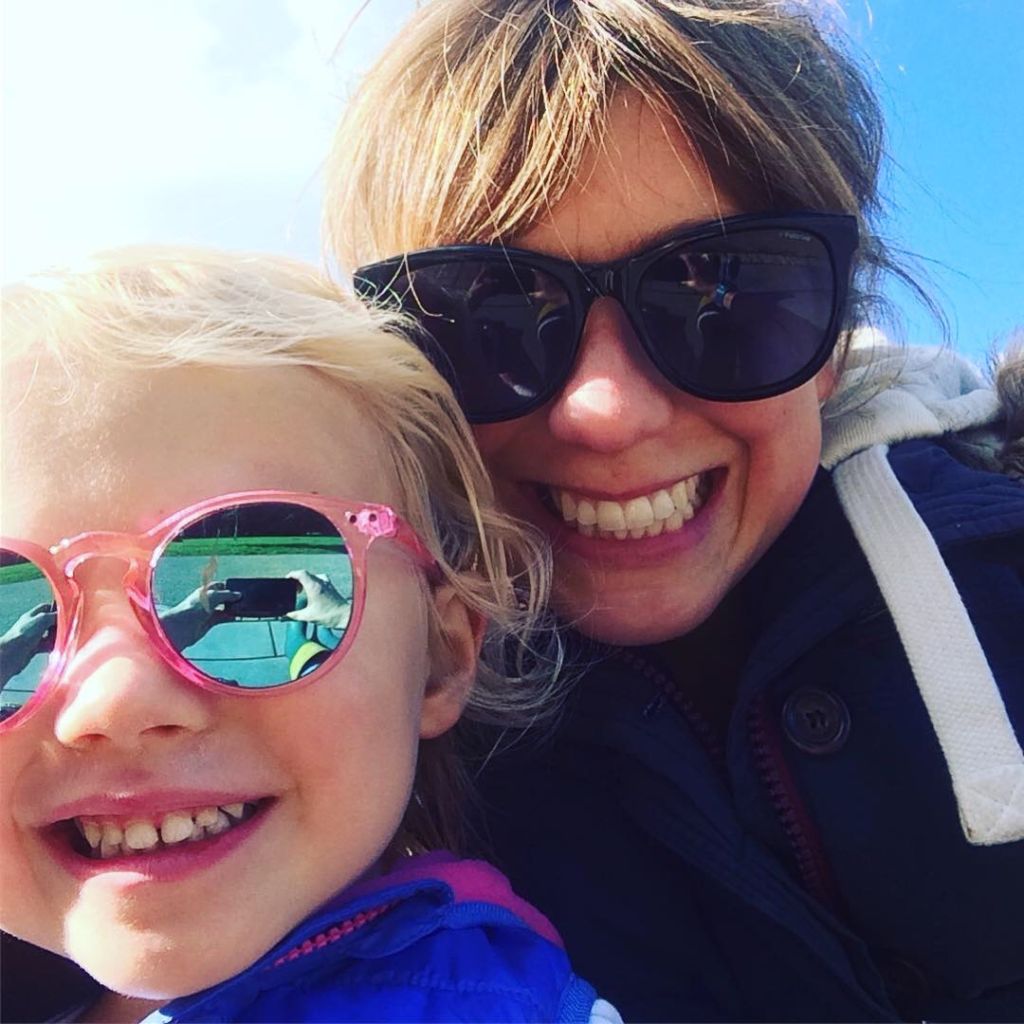
I haven’t written a “parenting” style blog for a few weeks now so I thought it was about time! Today I am briefly going to touch on the amazing discovery of a man named John Bowlby, and his theory on attachment. In the field that I work in as a play therapist it has be revolutionary in understanding how children form relationships as well as how they struggle to form relationships.
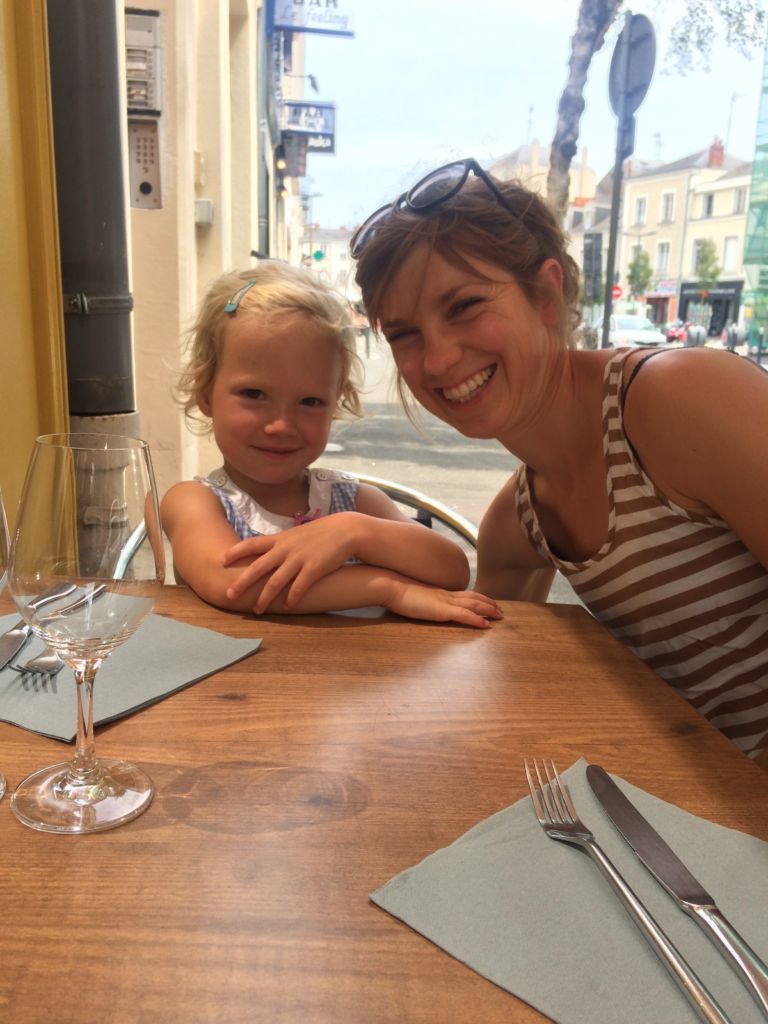
A smile covers a thousand things 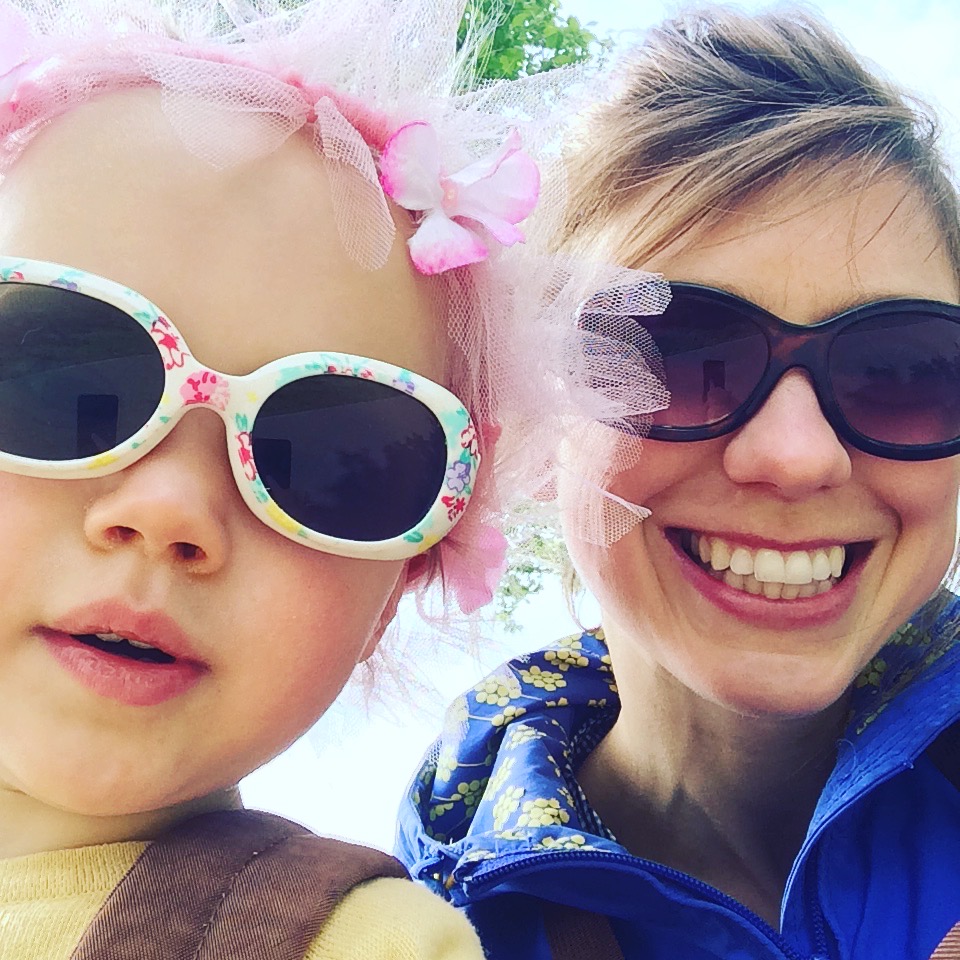
So do sunglasses!
We are attached to something the moment we are created. From day one, the baby is joined to the mother whether they like it or not! We are created for attachments. We are created for relationship. That is why, so often, we crave attention of some kind and often we will do almost anything to get it. What should a baby do as soon as it is born? Cry. It needs something and it will holler to get it. It wants to be held, to be loved, to have that skin to skin experience to help itself regulate. A human baby is born so prematurely. It can do next to nothing other than breathe and, hopefully, feed. The mother has to be available to provide for the baby. But, what if they’re not? What if the labour didn’t go well and they were rushed in for an emergency C-Section and now they’re being stitched up and having a blood transfusion? Sometimes, plans don’t always go to plan. Or what if mother is emotionally unavailable. Perhaps there are mental health problems, post-natal depression, relationship difficulties. There are so many factors in our world which skew the ability for a perfect attachment.
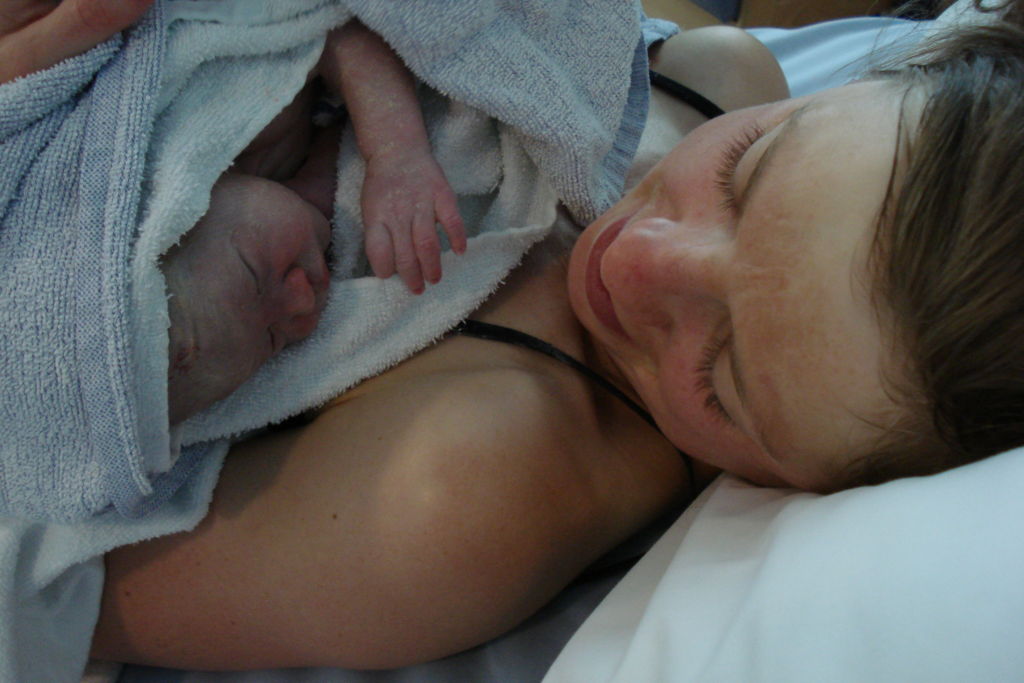
I’m not going to go into great detail about the different types of attachment (that can be found in books of research and essays of explanations), but I will outline three of the common presentations. Firstly, and most usually, there is the secure attachment. When baby feels unsafe/upset/hungry/cold/…they cry and that cry is met with comfort and a solution to their problem. Mother is in tune with the baby and learns what they need. Woah! What a job to be the mother of that child. But, be reassured, the majority of us mothers provide a secure attachment for our child. However, we ALL have our challenges, we all have a life to live and jobs to do so it is very often that we cannot and do not meet 100% of our children’s needs. But, and hear me now, that is OK! I’ve said it before and I’ll say it again, in the words of Donald Winnicott (child paediatrician and psychoanalyst), we only have to be “good enough”.
Two types of an insecure attachment are known as; avoidant and ambivalent. We are likely to find that we all have some traits of one of these styles, but some may be more obvious than others. I am going to quote Kim Golding to describe these attachments as she puts it so well:
Avoidant: Some parents find it difficult to care for their children when the child is emotionally expressing this need. They therefore tend to back off at the time the child is expressing “I need you close”. Children quickly learn [..] and will adjust their behaviour to preventing this ‘backing off’ […] they inhibit emotional expression, becoming undemanding and compliant and/or self-sufficient. (pp.51-52)
Ambivalent: Some parents are inconsistent in responding to children […] they find it hard to attune to the child and they are unpredictable in their responses. […] These children therefore maximize attachment behaviour to ensure that they do receive care from an inconsistent parent […] The children display a lot of emotional distress […] and remain distressed. They fear if they do calm, the parent will then leave them alone once more. (pp. 48-49)
But, please hear me, there are some factors in our lives which prevent us from being readily available 24/7. Illness, work, single parenting, our own attachment styles, the list continues. I’ve outlined these two attachment styles purely as information. Being informed as a parent is generally overwhelming, but it can also be helpful. I hope that this might shed a bit of light on some grey areas in your own relationships with your children. Have you ever considered your own attachment style? It is likely you will bring up your child in a similar way. Being a mother is a tough gig. That is why I believe it is so important to build a community around ourselves. Why go through the biggest, most challenging event of our lives without someone nearby to support, encourage and pick us up again when we feel we’ve totally blown it? We’ve all been there and we’re all in this together.
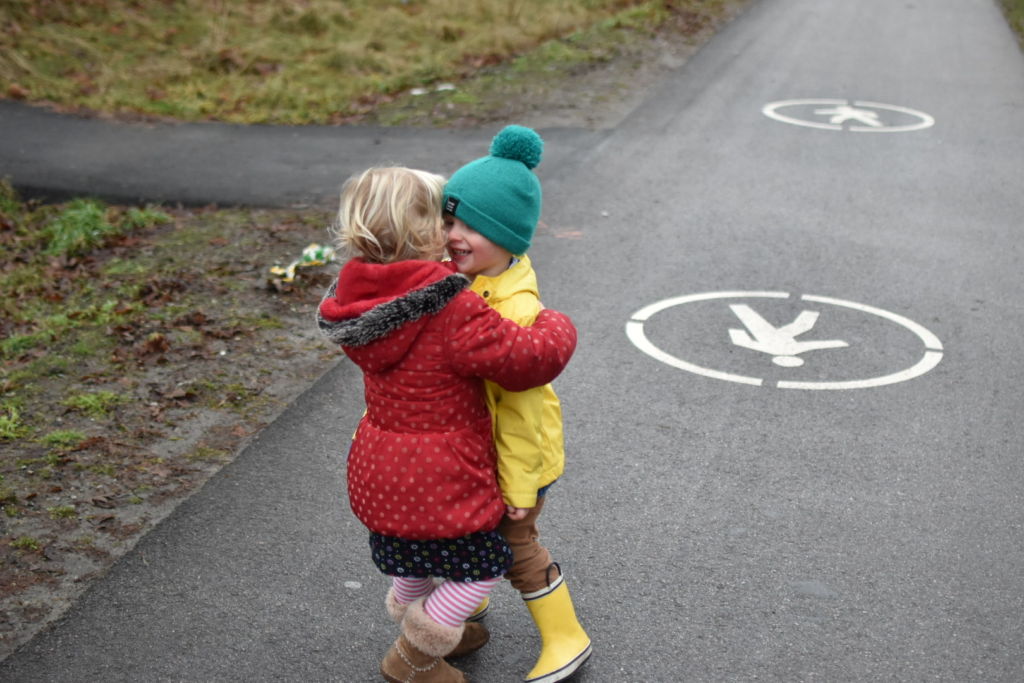
Golding, K.S., Nurturing Attachments: Supporting Children who are Fostered or Adopted (2008) Jessica Kingsley Publishers, London
Winnicott, D.W., Playing and Reality, (1971) Tavistock Publications, New York
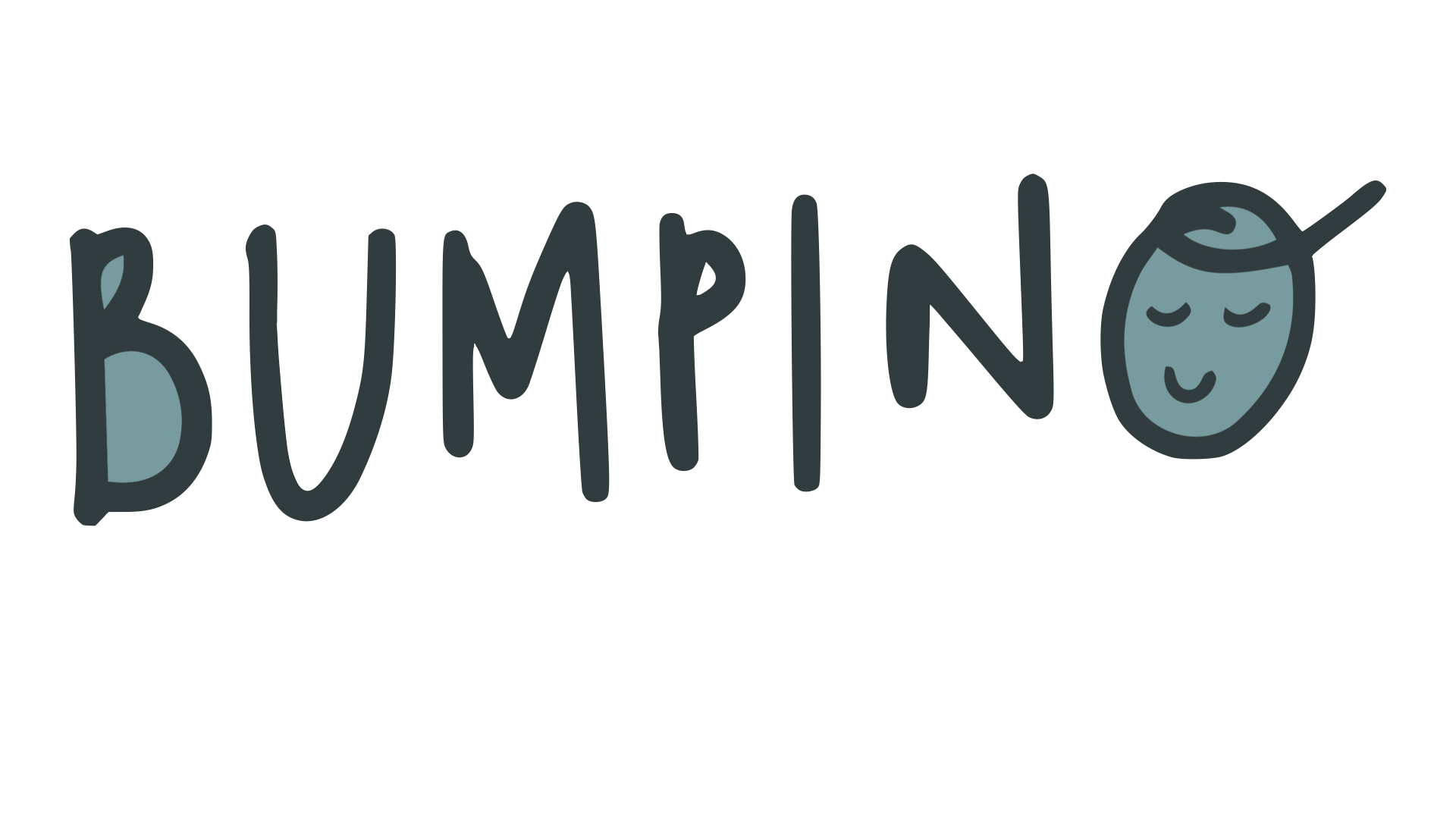
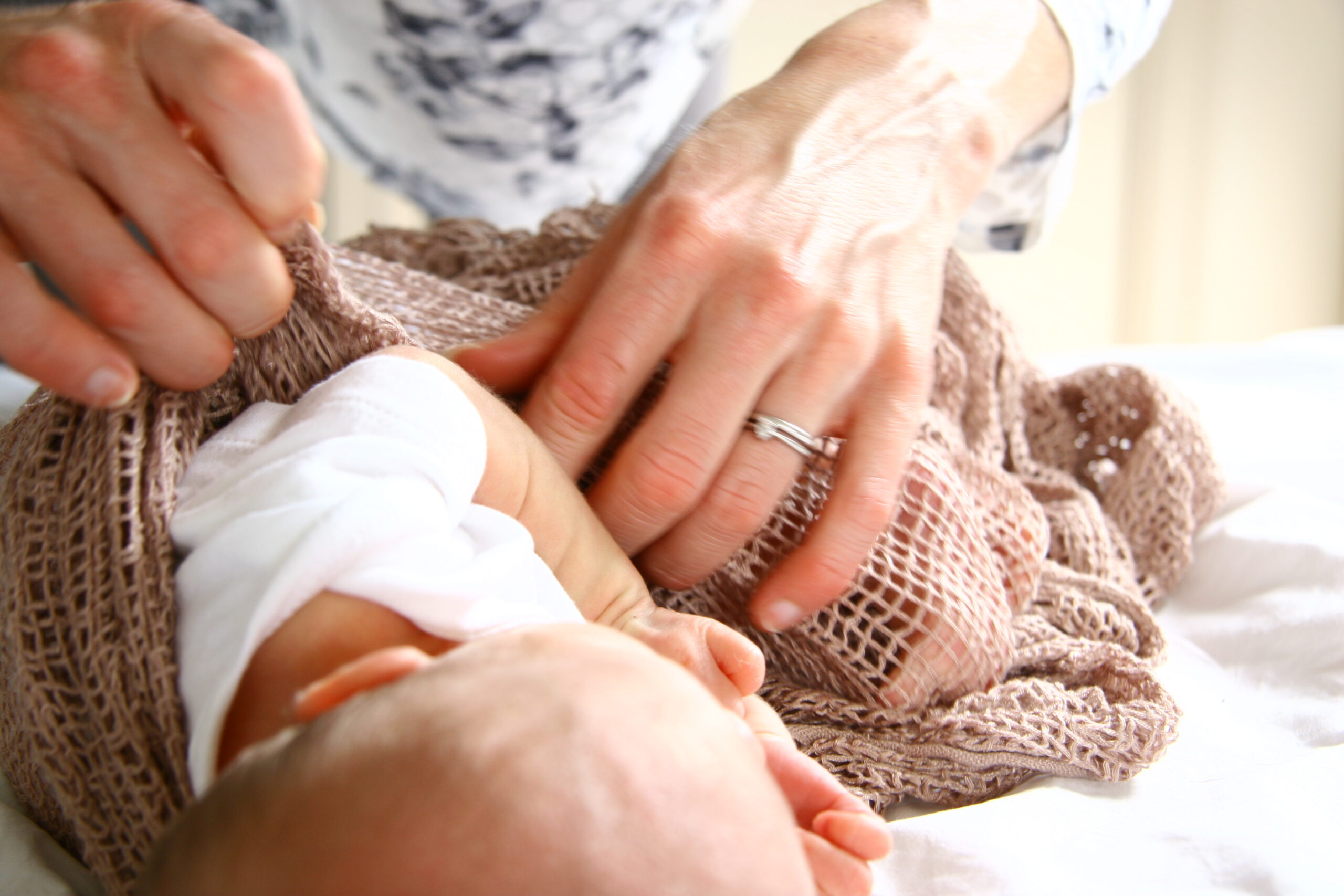
6 thoughts on “We’re all in this together”
I thought I left a comment earlier but I’m not seeing it 🙁 this is such an incredible and well thought out read. Thank you so much for sharing and for shedding some light in terms I’ve never heard of before! Hope you’re having a great week!
I hadn’t heard of the different terms when it comes to attachment parenting before. Very interesting read!
Ommg not only this is so well written but I got to learn a lot while reading. I had no idea about the whole avoidant and ambivalent terms. Thank you for sharing this 🙂
Comments are closed.